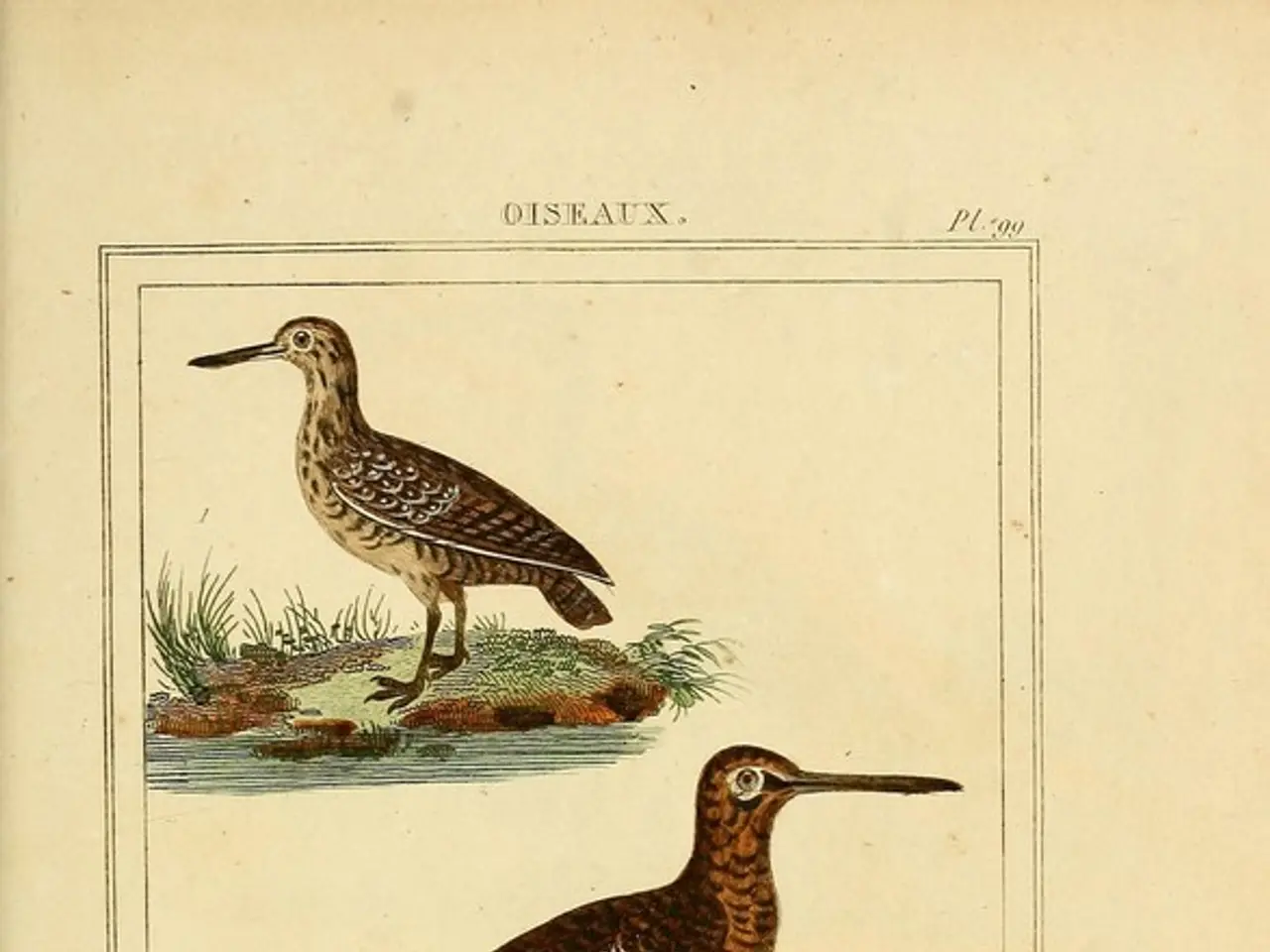Guide for Inviting Avian Visitors in Your Backyard
Creating a Bird-Friendly Garden: Attracting Feathered Friends to Your Outdoor Space
Transforming your garden into a haven for birds can be a rewarding and enjoyable experience. By making thoughtful choices regarding bird feeders, water sources, shelter, and plant selection, you can create a thriving environment that supports local bird populations and enriches your outdoor space.
Plant Native and Bird-Friendly Plants
Use native plants that produce berries, seeds, and nectar to attract local bird species. Good options include berry-rich shrubs and trees such as rowan, hawthorn, guelder rose, and holly. Plants with plentiful seeds like teasels and sunflowers also support birds. Additionally, dense greenery like ivy and honeysuckle offers shelter and attracts insects that birds feed on.
Provide Safe Water Sources
Install a clean, shallow birdbath in a calm, shaded area visible to birds but protected from predators. Position it about 10 feet away from dense cover and near perches like tree branches so birds feel secure while drinking or bathing. Keep the bath level, stable, and in a quiet spot away from human and pet traffic. Clean and refill birdbaths regularly to keep the water safe and prevent algae buildup.
Install Appropriate Bird Feeders
Use feeders designed for different bird species and feeding types (e.g., seed feeders for finches). Keep feeders clean by removing moldy food and washing them in hot soapy water regularly, especially in peak seasons or when disease signs appear among birds. Place feeders in safe locations difficult for predators, particularly cats, to reach.
Create Shelter and Nesting Sites
Incorporate a variety of woody shrubs and climbing plants to provide natural shelter and nesting sites. Adding birdhouses or nesting boxes tailored to local species encourages breeding. Offer nesting materials like grass clippings, dried leaves, and pet hair to support nest building.
Enhance Safety
Prevent common hazards such as cat predation by keeping cats indoors and situating feeders and baths out of their reach. Minimize window collision risks by using decals or screens on glass surfaces near bird areas.
Foster a Biodiverse Environment
Arrange planting to create ‘wildlife corridors’—overlapping shrubs and plants that enable safe movement for birds and other wildlife. Avoid pesticides and chemical fertilizers to maintain a healthy ecosystem.
By combining these key elements—native food plants, clean water, safe feeders, shelter, and minimizing threats—you can create a thriving, bird-friendly garden that supports local bird populations and enriches your outdoor space.
Remember, different food types may attract different bird species, so offering a mixture is common. Robins are more likely to use open-fronted nest boxes. A shallow bird bath is perfect for songbirds to splash around in. In the winter months, the bird bath should not freeze over. Old food in bird feeders should be removed and feeders should be regularly cleaned to avoid mold growth and the spread of disease. Choosing feeders, food, and other items should be based on the types of birds you might see in your backyard.
By providing a bird-friendly garden, you'll not only be creating a beautiful and engaging outdoor space but also contributing to the conservation of local bird populations. Happy gardening!
[1] Dr. Rebecca MacMillan, "Creating a Bird-Friendly Garden" (2021). [2] Royal Society for the Protection of Birds, "Garden BirdWatch" (2021). [3] British Trust for Ornithology, "Garden BirdWatch" (2021). [4] National Audubon Society, "Plant Native" (2021). [5] The Cornell Lab of Ornithology, "Project FeederWatch" (2021).
- To attract different species of cats to your garden, consider planting seeds and berries that are cat-friendly, such as catnip, valerian, or cat thyme.
- A vet can help determine the best diet and lifestyle for your pet cat, ensuring its overall health and well-being.
- When selecting pets, consider adopting a mixed-breed cat from a shelter, as they often make great companions and can be more hardy than purebred cats.
- In order to maintain a healthy and happy cat, make sure it has access to nutritious food, fresh water, and proper veterinary care.
- To keep your four-legged friend entertained at home, create a stimulating environment by providing scratching posts, toys, and a bird-friendly garden where they can observe their feathered counterparts.
- By creating a bird-friendly garden, not only will you be enriching your outdoor space, but you'll also be contributing to the health and well-being of your cat, as the sounds and movements of birds can help alleviate boredom and stress.




